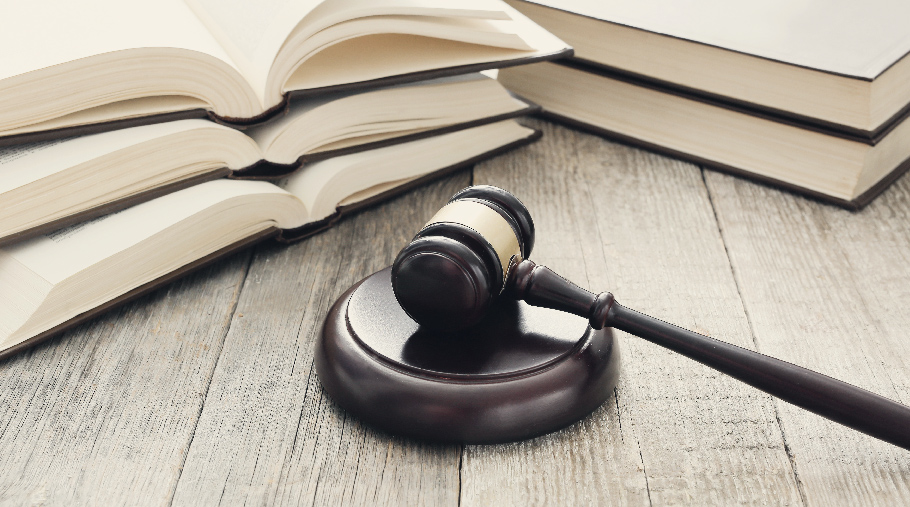Mass torts researcher is a dynamic and evolving field, influenced by changing legal precedents, societal trends, and technological advancements. Staying abreast of recent developments and emerging trends in mass torts researcher is essential for legal practitioners, plaintiffs, and defendants alike. Let’s explore some of the latest developments shaping the landscape of mass torts litigation and their implications for stakeholders.
Expansion of Multidistrict Litigation (MDL)
Multidistrict litigation (MDL) continues to be a popular mechanism for consolidating mass tort cases involving similar factual and legal issues. Recent years have seen a significant expansion of MDLs across various industries, including pharmaceuticals, consumer products, and environmental contamination. The consolidation of cases streamlines pretrial proceedings, promotes judicial efficiency, and facilitates the resolution of complex legal issues on a large scale.
Focus on Opioid Litigation
The opioid epidemic has garnered increased attention from legal authorities, policymakers, and the public, leading to a surge in opioid litigation. Mass torts cases targeting pharmaceutical manufacturers, distributors, and prescribers allege deceptive marketing practices, inadequate warnings, and failure to control the distribution of addictive opioid medications. Recent developments in opioid litigation highlight efforts to hold accountable those responsible for fueling the epidemic and seek justice for affected communities.
Evolving Legal Theories and Causation Standards
Mass torts researcher continues to evolve with the emergence of new legal theories and evolving causation standards. Courts are grappling with complex issues related to causation, including the “substantial factor” test, market share liability, and sophisticated intermediary doctrine. Recent decisions and rulings shape the parameters of liability, causation, and damages in mass torts cases, influencing the strategies and outcomes for plaintiffs and defendants.
Emerging Technologies and Product Liability
Advancements in technology introduce new challenges and opportunities in mass torts litigation, particularly in the realm of product liability. Cases involving defective medical devices, autonomous vehicles, and digital health products raise novel legal questions related to product design, safety standards, and regulatory oversight. Legal practitioners must adapt to the complexities of emerging technologies and navigate uncharted legal terrain in mass torts cases involving innovative products and technologies.
Environmental Litigation and Climate Change
Environmental litigation continues to be a prominent area of mass torts researcher, with an increasing focus on climate change-related claims and environmental degradation. Plaintiffs seek accountability from corporations and government entities for pollution, toxic exposures, and ecological harm that threaten public health and the environment. Recent trends in environmental litigation underscore the urgent need for regulatory reform, corporate responsibility, and collective action to address the growing environmental crisis.
Conclusion: Navigating the Changing Landscape of Mass Torts Law
As mass torts researcher evolves, legal practitioners must stay informed, adaptable, and proactive in addressing emerging challenges and opportunities. Understanding recent developments and trends in mass torts researcher is essential for effectively advocating for clients, pursuing justice, and navigating the complexities of litigation in today’s dynamic legal environment.
At Jean Paul Rose’s legal practice, we remain committed to staying at the forefront of mass torts researcher, leveraging our expertise and insights to provide strategic guidance and effective help for our clients. Contact us today to learn
more about how we can assist you in navigating the changing landscape of mass torts researcher and achieving your legal objectives.

